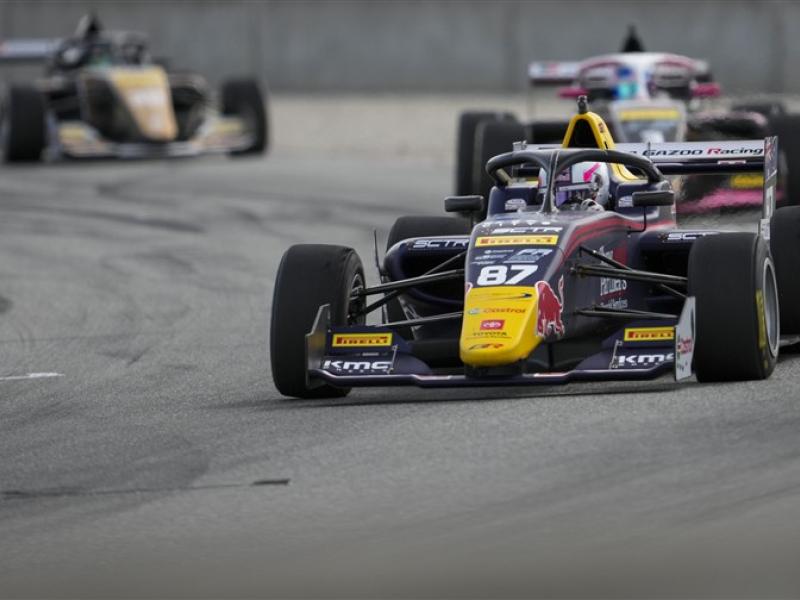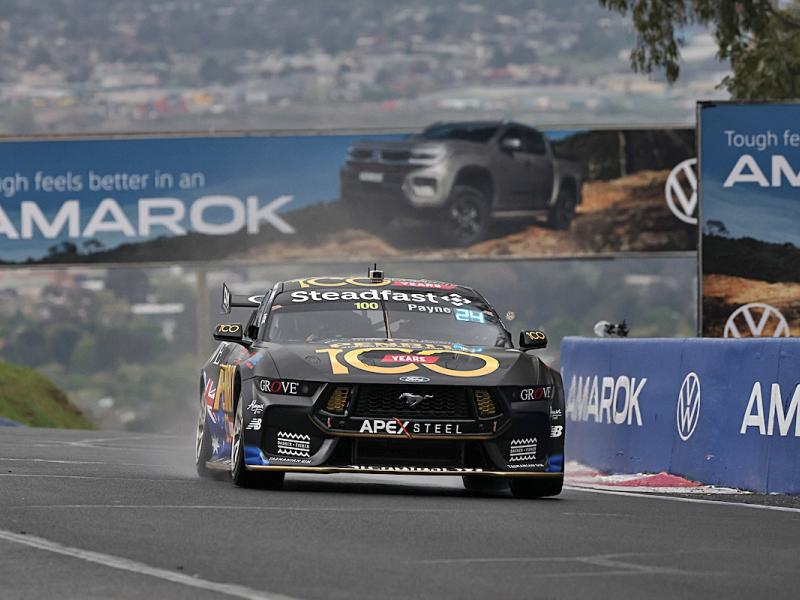| The latest phase in the evolution of personal urban transport has recently arrived on New Zealand soil, the all-electric Mitsubishi iMiEV MMNZ technical services manager Lloyd Robinson gave Motor Equipment News a closer look at what is happening under the floor. The i-MiEV has the same rear mid-ship motor layout as its internal combustion cousin the i-car and there is no longer a requirement for a fuel tank or transmission. Their absence provides space for 22 battery modules, which comprise 88 lithium-ion cells housed beneath the floor pan. While the battery pack adds an extra 180kg to the kerb weight, it lowers the car’s centre of gravity, which significantly improves vehicle handling. The batteries deliver 330v to the 47kW brushless, water-cooled motor, which sends 180Nm to the wheels through a final drive reduction gear. Electric motors provide their maximum torque from stall (An electric motor’s state just prior to producing torque). In the case of the iMiEV, 180Nm is available up to 46km/h giving excellent off-the-line acceleration. One of the main focuses for the MMC EV design team was on safety. While the i-car already held a five-star JNCAP rating, the i-MiEV has also passed the Japan Technical Standards Occupant Protection Frontal Impact test by a significant margin. Virtually identical to the Mitsubishi i-car in body, the design and development of the i-MiEV’s 330v batteries has required careful safety engineering. Within the battery, there are thick separator layers between electrodes and each cell is encased in a thick plastic. In the event of an accident, isolation switches ensure the batteries are benign and an override disconnect switch can be activated by emergency services if deemed necessary. The lithium-ion batteries also supply power for air conditioning and heating, which can draw a lot of energy, reducing the range. They also trickle supply a 12v battery, which is housed under the bonnet and provides power to all other vehicle functions. Without this battery functioning correctly, the vehicle is inoperable. The real key to the success of the electric vehicle is in the battery management system, for which Mitsubishi Motors hold over 200 patents. Each cell is managed individually by an ECU, ensuring charging, energy delivery and performance are maximised. Maintaining or repairing the high-voltage system requires specialist training for the protection of both the vehicle and the technician. Unlike regular batteries, lithium-ion batteries deliver full voltage and current, without fade, until they are completely discharged. The rated range for the iMiEV is 160km (Japan 10:15 mode). This can vary significantly depending on acceleration, loading, geography and heating. A light warns drivers when the batteries are low and the vehicle automatically switches to limited output mode just prior to complete discharge. During operation, the driver can partially recharge the batteries by engaging regenerative braking down a hill or coasting to lights. The system slows the car like an engine override would and at the same time provides charge to the batteries. |
An economy mode option is also available, which limits the amount of power output from the motor. Fully recharging the battery requires 18.5kW/h and, in New Zealand, is achieved via a 15 amp wall socket over a 7-hour period. Most homes are wired to carry 20 amps, so simply changing from a 10 amp to a 15 amp socket provides a recharge point. At current electricity prices, a full charge will cost $3.70 approx. The anticipated life of the lithium-ion batteries is ten years or 3,000 charge cycles, at which point the energy capacity reduces to 80% – its range of 160km reduces to 128km. The most impressive thing about this vehicle is the fact that it drives exactly like any other conventional car but with no engine noise. All the functions are user-intuitive right the way through to the feel of the brake pedal; the only slight variation is that the car can be running yet it makes no sound. So far the all-electric i-MiEV has received a very positive reception from all who’ve experienced its impressive acceleration and quiet ride.
|





